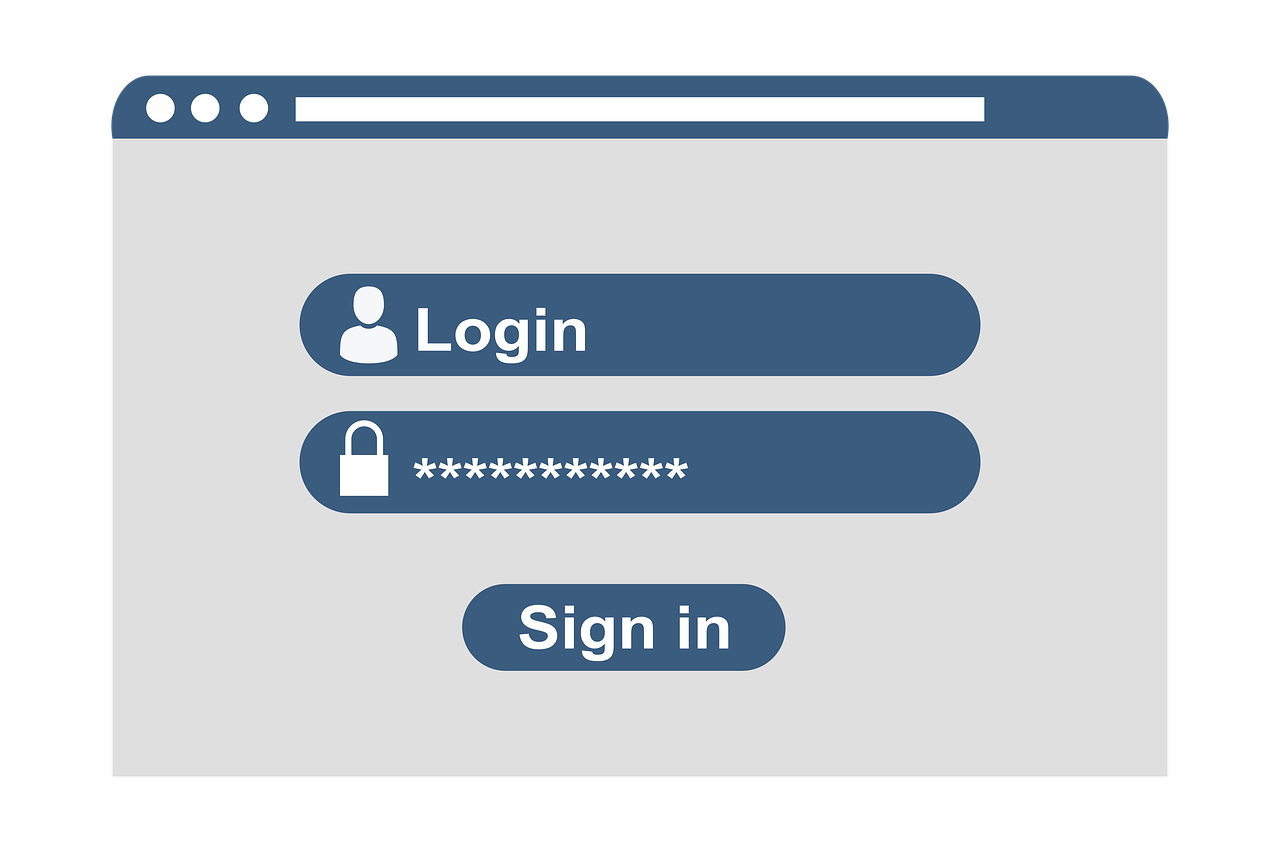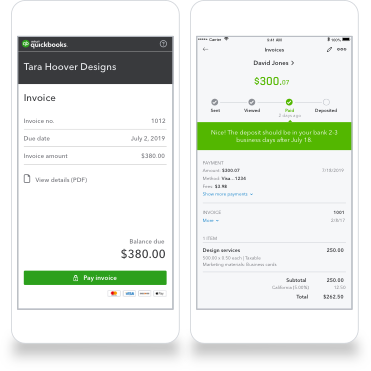5. Complete provincial registration requirements
Each province has its own particular rules and requirements for registering businesses. Most businesses must register a business name in the province or territory in which they plan to run the operation. There are a couple of exceptions:
1. A sole proprietor, using their legal name as the business name, doesn’t have to register their name in any province. Although, the name can’t contain additions like Inc., Co., “and Sons,” or “and Partners.
2. In Newfoundland and Labrador, a corporation is the only business structure that requires business name registration.
Here are some of the highlights on what to do in each province:
Alberta (AB)
Visit the Alberta.ca website to register your business name. When registering a trade name or sole-proprietorship, you should complete the Declaration of Trade Name form. If you’re registering a partnership, fill out the Declaration of Partnership form. There are Limited Partnership and Limited Liability Partnership forms available as well.
If you’re incorporating, the Government of Alberta requires you contact a service provider authorized by the government to provide Corporate Registry services. A list of Corporate Registry agents can be found on the Alberta.ca website.
British Columbia (BC)
The first step is to use the BC Registry Service to get clearance to register your business name, which can take up to three days. You can do so in person at any Service BC or OneStop location.
After getting the approval of your business name, contact BC Registry Services again to register your business. You can also complete this step online or in person. Approval of business registration takes roughly two months, and you’ll receive a business number (BN) that you use as your company’s identifier.
Sole proprietors registering under your personal name only need to register with the local authorities, not the BC Registrar, to obtain a business license.
Manitoba (MB)
Your first step is to register your business name through the Companies Office Name Reservation website, which is part of the province of Manitoba’s official government site. Manitoba provides an online service called BizPal to simplify the process of figuring out which business licenses or permits your company needs.
Corporation owners must file and complete an Articles of Incorporation document online. Non-profit entities must file an Article of Incorporation. Unincorporated businesses, limited partnerships, and limited liability partnerships must renew your registration every three years.
New Brunswick (NB)
You must first register your business name by completing the New Brunswick Certificate of Business Name or Certificate of Renewal of Business Name form. This form must be submitted to the Corporate Affairs Branch. Once you secure your business name, you can apply for a Business Number (BN) through the Corporate Affairs Branch.
If you’re applying for a sole proprietorship or partnership, New Brunswick’s official government website offers kits and guides to simplify your application process. To incorporate your business, file an Article of Incorporation with Service New Brunswick. All documents can be filed online.
Newfoundland and Labrador (NL)
You only need to register your business if you decide to incorporate within the province. The first step is to request an official Name Reservation through the Registry of Companies.
Next, file an Articles of Incorporation, Notice of Directors, Notice of Registered Office in NL, and Certificate of Good Standing. You can access all of these forms on the Registry of Companies website.
Nova Scotia (NS)
Your first step is to register your business name with the Nova Scotia Registry of Joint Stock Companies. You can complete this step using the Nova Scotia Government Online Service for Businesses. Next, determine if you must apply for a Business Number (BN). Not all companies require BN registration, only those which require a payroll, corporate income tax, import/export, or GST/HST account.
Next, obtain the licenses and permits needed to legally operate your company through the Nova Scotia Government Online Service for Businesses. If you plan to incorporate, the government requires getting legal assistance. Nova Scotia corporations must have recognized agents who act as a legal contact for the company. These agents provide the Certificate of Incorporation as well as all the other forms you need to register your corporation. Upon approval, the government assigns your corporation a BN.
Ontario (ON)
If you plan to conduct business in Ontario, you must register with the Central Production and Verification Services Branch (CPVSB). You must register if you’re a sole proprietor operating under a business name that’s not your legal name, or are part of a partnership operating under a name other than the legal names of the partners.
You may be required to register your business name when opening a business bank account—as a sole proprietorship like a corporation would in Ontario—or when you require CRA tax accounts. Limited liability partnerships, existing general partnerships, corporations, and extra-provincial limited liability partnerships must also register their business names. Business registration is valid in Ontario for five years, and you can renew 60 days before it expires.
Prince Edward Island (PEI)
The first step is to register your business name with the Government of Prince Edward Island. You must register a sole proprietorship or a business partnership within three months of operation.
To incorporate your business in PEI, an officer of your company, such as the CEO, President, or Vice President, must complete a Declaration for Registration of a Business Name–Corporation form. Upon approval, the province lists your business in its Royal Gazette, which is PEI’s official listing of government documents. PEI requires business registration renewal every three years.
Quebec (QC)
If you own or operate a sole proprietorship or partnership in Quebec, that doesn’t include the first or last names of any of the owners, you must register your business within the first 60 days of operation. To register, complete a Declaration of Registration form in English and in French.
As of 2019, electronic filing is not an option, so you must take the form to a Registraire Des Entreprises Services Quebec (REQ) location in either Quebec City or Montreal. Upon approval, the REQ gives you a corporation number and a certificate of incorporation. You must pay an annual registration fee to maintain your corporation number.
Quebec requires you to re-register a sole proprietorship or partnership each year.
Saskatchewan (SK)
Sole proprietorships and partnerships in Saskatchewan which operate under a business name require business name registration. If you plan to incorporate your business, you don’t have to register your business name in this province. However, you must file an Articles of Incorporation, obtain a business license, and obtain a BN.
Contact the Corporate Registry at Information Services Corporation (ISC) in SK to start the registration process. Once the ISC reserves your business name, you must register your business with the Corporate Registry, Ministry of Finance, and Saskatchewan Workers’ Compensation Board. The Corporate Registry of SK has an online portal where you can file all of your documents electronically.









